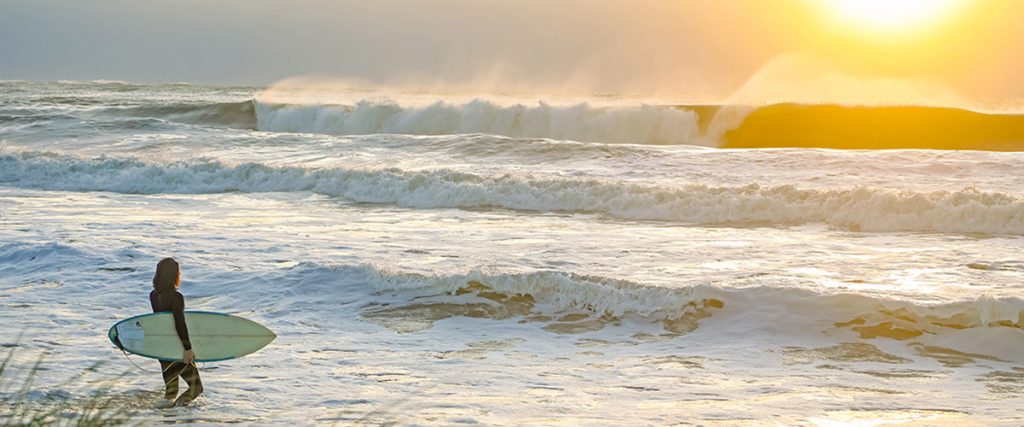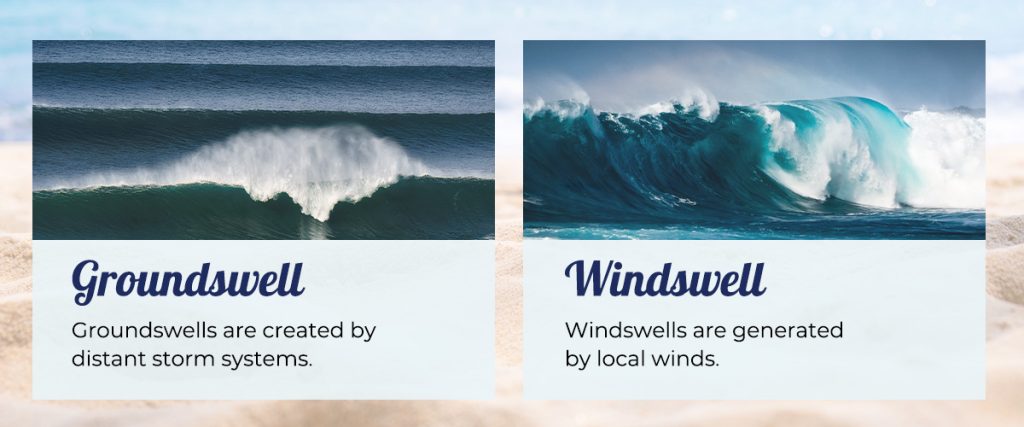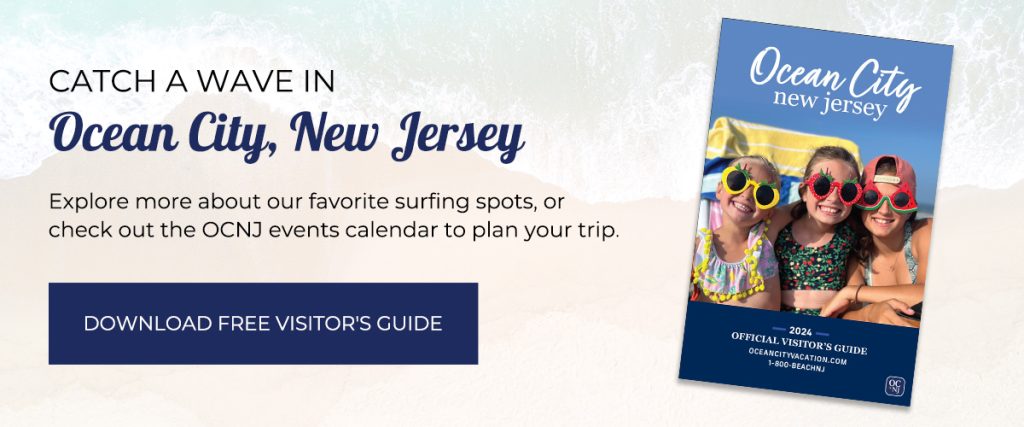
One of the best ways for a new surfer to grasp the sport is to learn to read surf reports. When you understand the ideal conditions, you have a better shot of riding excellent waves. Before your next — or first — trip on the board, learn how to read a surf report and gauge the conditions.
Surf reports tell you everything you need to know about current surf conditions, from the size of the waves to the direction of the wind. Seasoned surfers are well-acquainted with these reports and how to read them to make the most of their day on the board.
Surf forecasting is the process of predicting what the surf conditions will be like on a future day. The predictions are based on complex algorithms and meteorological data from the National Oceanic and Atmospheric Administration and can project the surfing conditions days in advance. If you’re planning a trip to a surfing destination, you can read surf forecasting reports in the days leading up to your trip.
Once you’ve arrived with your board on the beach, you can read surf reports to assess the current conditions and catch the perfect wave.
Surf reports typically include the following factors for surf conditions:
Wave and swell size are often used interchangeably, but they’re actually two separate things:
Both factors are typically measured in feet or meters.
Swells are much larger than waves, and we measure them from the bottom (trough) to the top (crest). If you’re a frequent beach-goer, you’ve likely seen lots of buoys bouncing on the water’s surface. These are how we get accurate swell size readings. The buoys record how much they move up and down.
Swell readings are important because they give us an idea of the potential size of incoming waves. You can keep an eye on them to predict potential future surfing conditions. However, when you want to assess surfing conditions in real time, wave size is much more helpful.
Smaller waves, somewhere between 1 and 4 feet, are typically better for beginners. In addition to checking out the surf report, you can sit on the beach and watch other surfers to see how they respond to the waves.
The swell direction tells you where the swells travel from. It’s usually expressed in degrees or cardinal directions. Swells that travel directly toward the shore result in the best waves. Swells that travel at an angle will result in smaller and choppier waves.
The swell period is the number of seconds between waves in a swell. It’s measured from trough to trough or crest to crest. The longer the gap, the bigger and more powerful the wave.

The swell period is categorized as either groundswell or windswell:
Beginners can look for that sweet spot between a huge groundswell and a minor windswell. An 8-12-second swell period, coupled with smaller waves, is ideal for beginner surfers.
There are two options for describing wind speed and direction:
Offshore winds create better surfing conditions because they blow against the waves to keep them upright. However, when the offshore winds — which are measured in knots — are too strong, you might face difficulties paddling out into the ocean. Some surfers prefer no wind at all when they head out to surf.
Surfers who enjoy steeper waves that break fast might enjoy surfing during low tide. During this time, the water recedes from the shoreline and lies low. Waves break more dramatically. During high tide, the water level rises, meaning the waves will break more gently.
Finding your preferred tide might take some trial and error. Just be cautious as you figure it out. You don’t want to surf at all if the reef is exposed during low tide, and if the tide is too high, the waves might not break.
These sites are all solid options for checking surf reports before a day on the water:
You can plug in your destination and explore each site before your trip so that you’re well-prepared once your toes hit the sand.
If you’re looking for an East Coast surfing destination, check out Ocean City, New Jersey. Enjoy guarded and unguarded surfing beaches, clean waters and shorelines, and consistent water that breaks nicely. There’s no better place to catch a wave, whether you’re an eager beginner or an ambitious, experienced surfer.
Beyond surfing, you can also explore the OCNJ Boardwalk, rent a boat or personal watercraft, play a relaxing round of golf or relax on the beach with a delicious ice cream cone. This well-rounded vacation destination is perfect for families!
Explore more about our favorite surfing spots, or check out the OCNJ events calendar to plan your trip. You can also download our free visitor guide for dining, accommodation and activity suggestions. We look forward to seeing you drop in on an amazing wave!
